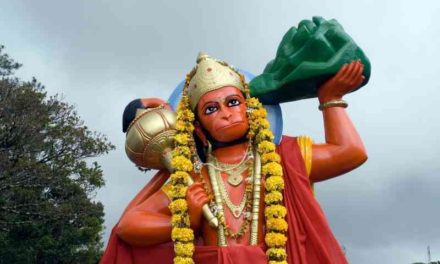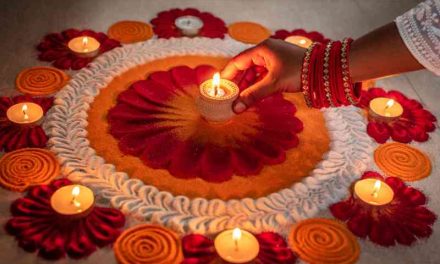India had a total of 2 million Hindu temples in 2001, and the number has continued to grow since then. However, the fact is that there are many tiny and local temples that are not recorded by the authorities; only the relatively sized, well-known, and wealthy temples are counted.
A wide variety of temples can be found in Tamil Nadu, including Grama Devta temples, Saibaba temples, Santoshi Maa temples, and temples devoted to Gurus. There are also minor temples found in villages and wayside shrines. This figure does not include the temples that have been constructed inside the grounds of individual family homes.
Hinduism is the most widely practiced religion on the Indian subcontinent. Not only does this religion have the most diverse adherents, but it also has the most diverse gods. A Hindu is permitted to pray for anything of significance, whether it be the Sun or just the ground since Hinduism believes that God created everything equally. Everything was created with a specific purpose by Brahma.
Now it’s time to ask the question. Because it has the greatest number of adherents and the greatest variety, several gods and a large number of ideas have melded together. Also, there is no prescribed method of performing rituals.
People are free to express their beliefs in whatever manner they choose, which has led Hindus to construct temples in whatever manner they choose. Although there is no official data on the number of temples in existence, the following general idea has been formed:
Each of the four types of Hindu temples has its own classification
Temples with a large compound to accommodate the greatest number of visitors at one time, all necessary amenities, a missionary or a management body affiliated with it, and a number of smaller temples inside its compound are referred to as compound/complex temples.
For example, most of the South Indian temples with massive gopurams and mandapams, such as Tirupati Balaji and Rameshwaram, as well as temples in the north, such as Akshardham, the Birla temples, and Isckon, come into this group. At the moment, India has around 1400 temples of this kind, with a total of 1650 temples globally.
Temples that were built as a result of public initiatives include public/large/darbar temples. The school may handle a small number of students at a time, however, there is no missionary or dharmshala affiliated with the school. generally devoted to a single supreme god, although may or may not be There are a lot of idols, but not a lot of mandapams.
Temples such as Shirdi, dwarkadheesh, mahalaxmi, and siddhivinayak are included in this classification. These temples are often administered by charitable organizations or governmental trusts. There are around 13000 similar temples in India.
‘Small’ or ‘Sikhar’ temples are those that have very little accommodation, are not in a large complex, but are skillfully constructed. There are a few temples in certain colonies or areas that have one or a few idols in a shared mandapam, are overseen by a few local pujari families, and are established on given, acquired, or bought government property. There are around 46000 of these temples.
Very small/vedika/personal temples:- temples with a capacity of fewer than 50 people, in which the sikhara is not always present, and in which there is no complex or committee. There aren’t any different mandapams, and the idols are freely accessible. It may be found on public roadways, in businesses, schools, government buildings, and hospital complexes, among other places.
It is possible to find idols of nonspecific Hindu gods such as Jhulelal, Buddha, or local or regional deities, among other things. Typically, an individual, family, corporation, or simply a group of people manages the situation. The exact number of such temples is unknown, although it is estimated to be in the range of 100,000.
Individuals may also construct tiny or grove-style temples, but since such idols are not pratisthit, they do not fit under the temple classification system, and such temples are not public and are often built within homes, amid trees, atop hills, or in a communal prayer hall.
When a building is not constructed as a temple, it is frequently movable and temporary. It is estimated that there are 50 lac or more Hindu temples in the world, based on the Hindu population.
Hinduism was primarily a religious belief system. The preceding age was not characterized by a reliance on temples for the purpose of seeking God’s protection. People used to worship in the open to the sun, the Ganga, the Shiva Lingam, and trees because they believe that the one who created this vast cosmos is omnipresent and cannot be contained inside any limits.





